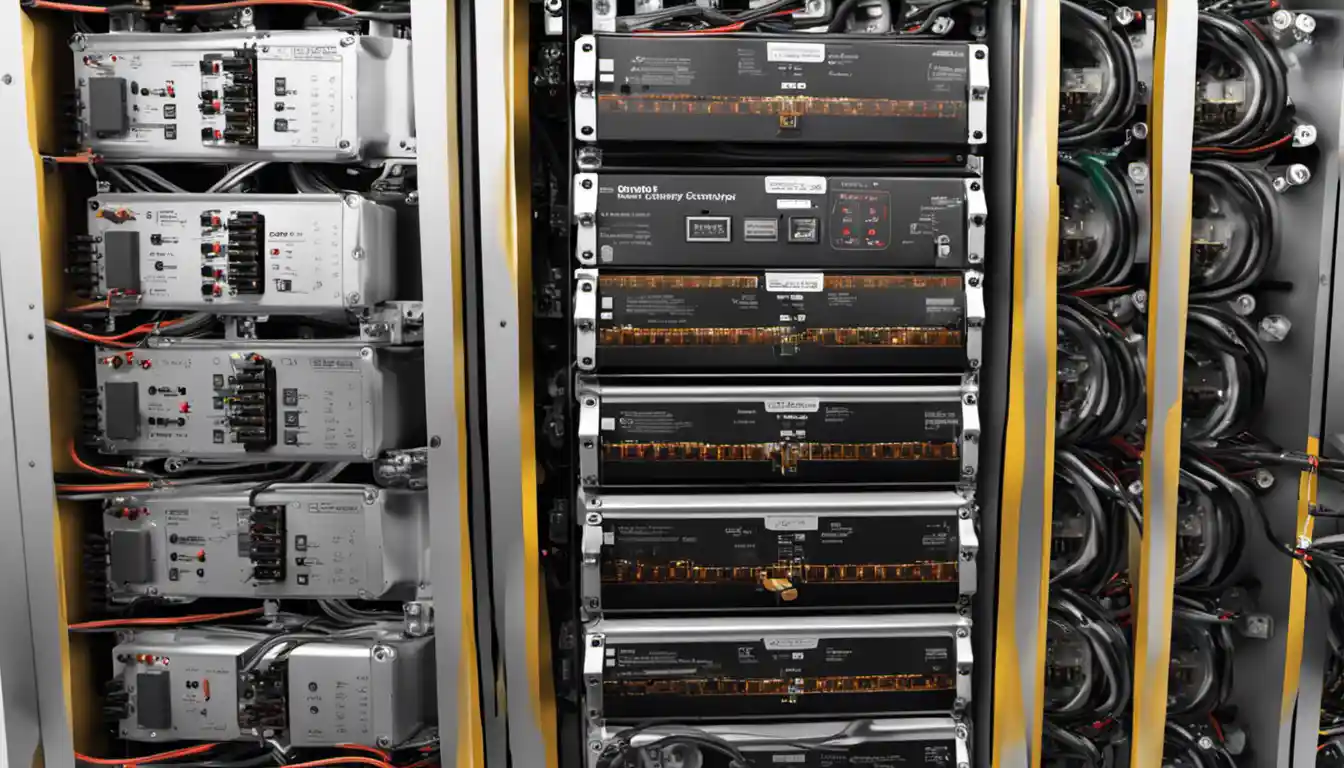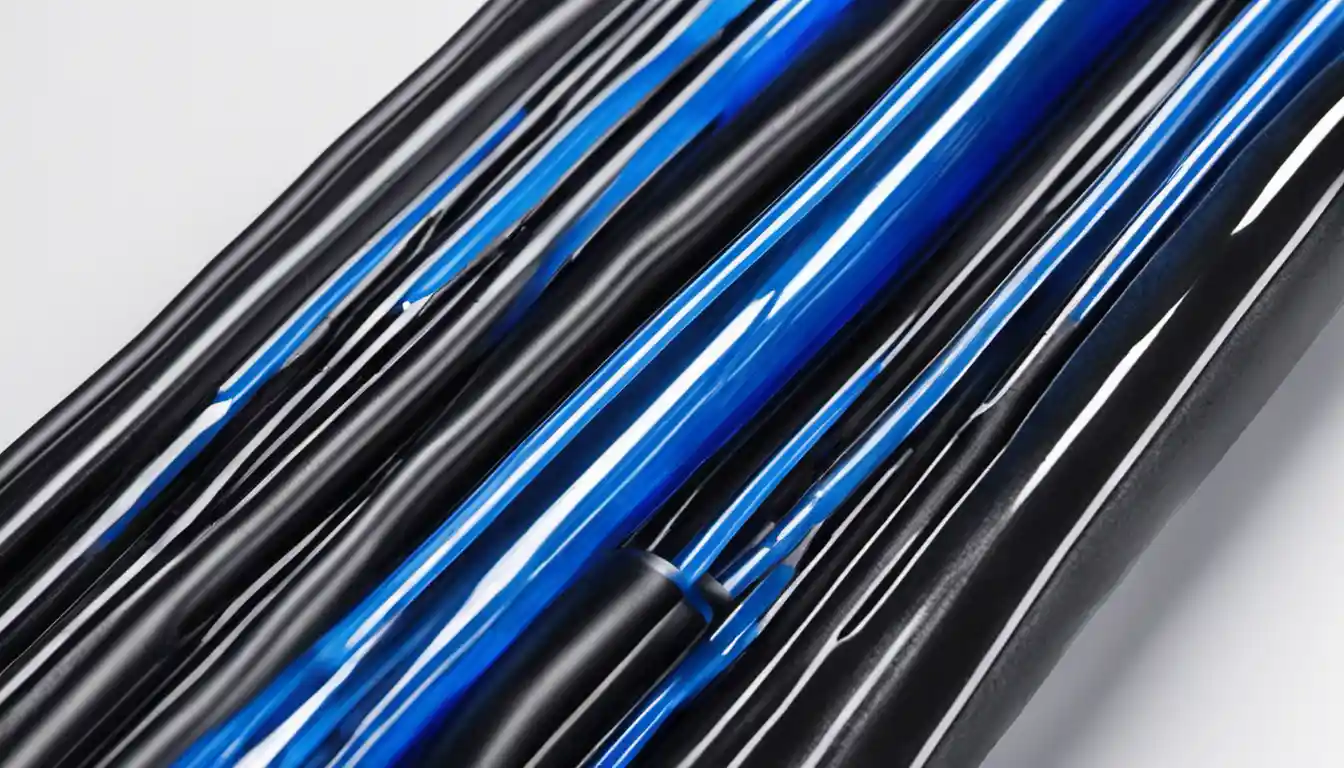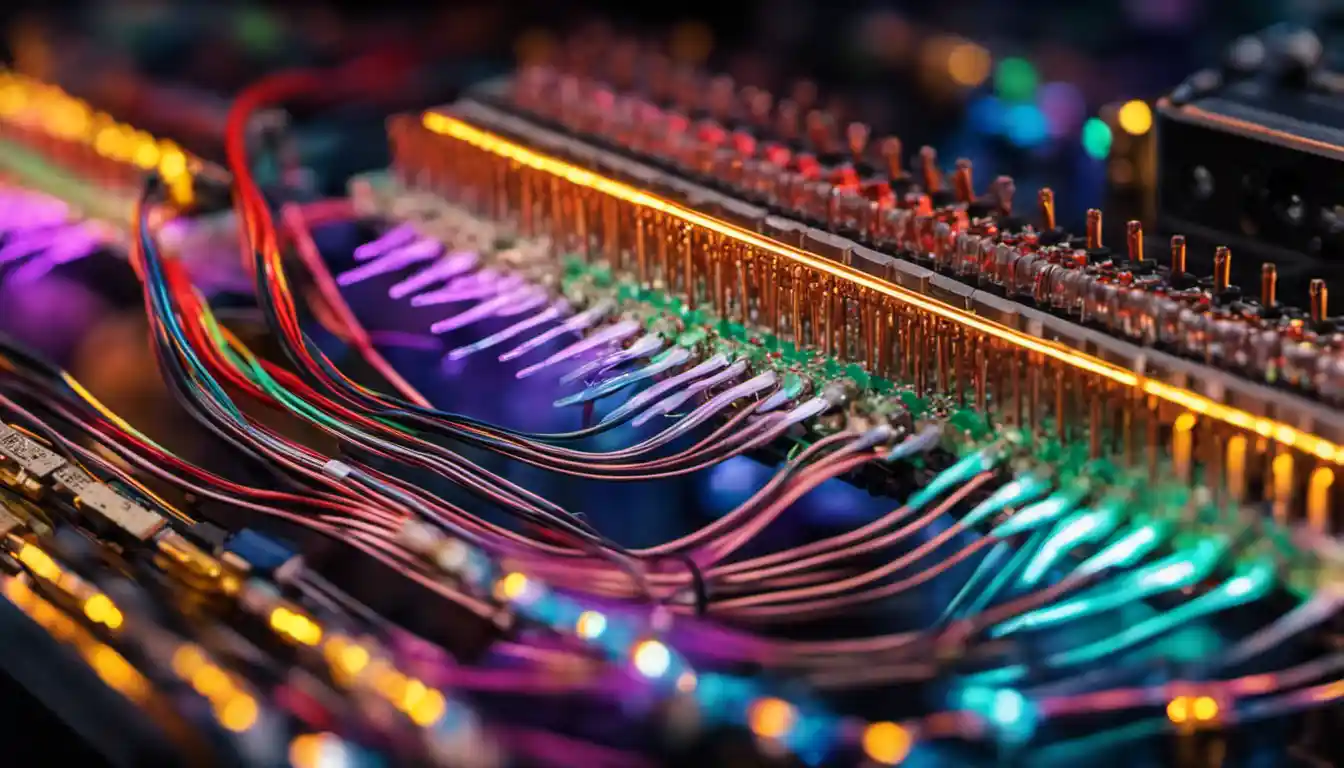Introduction
Off-grid solar system installation involves setting up solar panels, a battery bank, a solar charge controller, and an inverter to generate and store electricity independently from the main utility grid. This process requires careful site assessment, design, and planning, followed by professional installation and maintenance. Despite the initial cost, off-grid solar systems can be a cost-effective and eco-friendly way to power remote or rural properties.
Necessary Tools and Materials for Off-Grid Solar Installation
Before you begin the process, gather up all the necessary tools and materials required. This includes solar panels, a solar inverter, a charge controller, solar batteries, mounting equipment, and wiring. It can ease your installation process and prevent last-minute trips to the hardware store while you’re waist-deep in wires and panels. Imagine finally getting your system all set up – but then you realize you’ve forgotten about mounting brackets! This could set your project timeline back and may lead to frustration. So planning ahead is a must.
See also: Off Grid Solar System Design Calculation: A Comprehensive Guide for Beginners
Understanding Off-Grid and Grid-Tied Solar Systems
There are two main types of solar installations: off-grid and grid-tied. Off-grid systems are independent from the utility grid, making them ideal for remote properties. Meanwhile, grid-tied systems are connected to the utility grid which can act as a battery backup when the solar system is not producing enough electricity. Our focus in this article is strictly off-grid solar systems, which offer the freedom of bringing power to places where the grid can’t reach. For more insights on what an off-grid system encompasses, visit What is an Off-Grid Solar System.
What is a Solar Array Design?
Solar array design essentially describes how your solar panels are arranged and wired together. The design can impact the efficiency and output of your solar power system. Maximizing sunlight exposure and eliminating sources of shading are key considerations in this process.
Step-By-Step Installation of an Off-Grid Solar System
Here’s where the rubber meets the road – or, in our case, where the solar panel meets the rooftop. A step-by-step guide to off-grid solar system installation starts with determining your power needs and ends with a fully installed and working solar energy system. I’ll guide you through this process so it won’t feel intimidating anymore – think of it as building a piece of IKEA furniture, but with a much greater reward in the end!
Selecting and Understanding Batteries for Your Off-Grid System
A big part of how to set up an off-grid solar system revolves around the right selection of batteries, which is as crucial as choosing the right solar panels. Batteries form the heart of an off-grid system as they store the energy your panels generate for later use. Their choice depends on several factors including budget, maintenance, and efficiency.
Types of Batteries
#### Lithium Iron Phosphate
This advanced battery type has a longer lifespan and a higher depth of discharge compared to traditional options. They’re pricier, but their longevity often compensates for the initial cost.
#### Lead Acid
These traditional batteries are less expensive but require more maintenance. They tend to be bulky but are a tried-and-tested solution.
Understanding Amp-Hour Ratings

To properly size your battery bank, you need to tie in your daily energy consumption with the capacity of your batteries. Amp-hours (Ah) can help you quantify this. Let’s say you have an appliance that draws 1 Amp for 10 hours. That appliance would consume 10 Ah from your battery.
Difference between Series and Parallel Connections
Series increases voltage but keeps current the same, and parallel increases current but keeps voltage the same. Understanding this can help balance your system’s supply and demand.
Right-sizing Your Battery Bank
Don’t go for more capacity than you need – it will only add expense and could shorten your battery life due to underutilization. Conversely, too little capacity will leave you rationing your electricity.
Constructing the Power Distribution Center
This is the hub where everything comes together. It’s where your solar panel’s DC power gets converted into usable AC power for your appliances.
Components of the Power Distribution Center
#### Power Inverter
It transfers the DC power produced by the solar panels into AC power your appliances can use.
#### Battery Shunt
It monitors current flowing in and out of your battery bank.
#### Fuse Block
Prevents damage from any current overload.
#### Charge Controller
This regulates the voltage and current coming from the solar panels going to the battery.
#### Battery Shutoff
This is your emergency kill-switch to stop power being drawn from batteries in case of any hiccups.
#### Bus Bars
Does your electricity dance by dispersing power from multiple sources.
Crafting and Installing Cables
Knowing how to work cables like a pro is crucial in the process of how to install an off-grid solar system. The right wire size, correct terminations, and secure connections ensure safety and performance.
How to Properly Strip Your Cable
Stripping your cable appropriately allows for efficient power transport and prevents short circuits. Remove just enough insulation to allow your terminal to connect securely.
Proper Application of Cable Lugs
Cable lugs (the metal pieces that connect wires to devices) should be applied firmly to ensure a strong and secure connection.
Protecting Cable Ends with Heat Shrink Tubing

By setting up proper cable protection, you get to avoid unexpected power losses that could happen due to cable damage.
How to Terminate MC4 connectors
These connectors, used in solar panel cables, need to be correctly terminated to maintain a weather-proof and electrically safe solar array.
Installing the Photovoltaic (PV) Panels
PV panels are typically fixed on roofs or custom built structures tailored for solar installation.
Finding the Right Location for Your PV Panels
The area you select for your panels should be free from shade, facing solar south, and ideally tilted to an angle equivalent to your latitude.
Running Wires from the PV Panels
Run your cables from the panels to the power distribution center. Carefully measure, cut, and secure these cables.
Making Final Connections for Your Off-Grid System
Once the PV panels are in place and wires run to your PDC, it’s time to tie everything together.
Battery Stand Set-Up
Arrange your batteries in your stand, ensuring they’re secure and have plenty of ventilation.
Cable Entry Plate Attachment
Secure a cable entry plate to minimize roof penetrations and create a water-tight seal.
Determining Polarity for Your System

Ensure your system is wired correctly with positive and negative terminals properly connected.
Programming Your Solar Charge Controller
This will depend on your system and the power you’re generating from your PV panels. Follow the product instructions for best results.
How to Measure Your Power Usage
Calculating Daily Energy Usage
You need to calculate your daily energy usage to size your off-grid system correctly. Use a spreadsheet or online calculator to tally up your power consumption.
Determining the Energy Production of Your Solar Panels
This ties in with the size and efficiency of your panels, the amount of sunlight you get, and your latitude.
Selecting the Appropriate Size of Your Off-Grid Solar System
Size matters here, folks. Going too big can be as inconvenient as going too small.
#### Importance of Considering Battery Capacity
Remember, the battery is where all your generated power gets stored. Selecting the appropriate capacity is crucial to sustaining your off-grid living.
Proper Installation Locations for Your Solar Panels
##### Understanding the Proper Angles for Maximum Solar Gain
To maximize energy production, you should orient your solar panels so they are facing solar south and are tilted at an angle equivalent to your latitude.
#### The Significance of Avoiding Solar Panel Shading
Even a little shade can significantly decrease the performance of your solar panels. So avoid shadows from trees, buildings, and other obstructions.
#### The Importance of Panel Accessibility and Cooling
For maintenance, solar panels should be easily accessible. Good airflow can help keep solar panels cool and maximize their performance.
For the DIY enthusiasts among you – and those of you who like to roll up your sleeves and tackle new challenges, be sure to check out our step-by-step guide on DIY Off-grid Solar System for detailed and actionable guidance on how to take charge of your own energy production.
And for those who could use a little extra guidance on connecting your solar panels to an off-grid breaker box, head on over to our guide on How to Wire Solar Panels to a Breaker Box Off-Grid
Final Thoughts on Off-Grid Solar System Installation
The transition to solar energy is like embarking on a rewarding journey that leads to energy independence and sustainability. And while the off-grid solar system installation process can be challenging, with the right preparations and setup, it can be a powerful solution for power needs in areas where no grid exists. Remember – in the world of solar, a well-planned beginning ensures a successful end result. Now, go on and harness the power of the sun!



